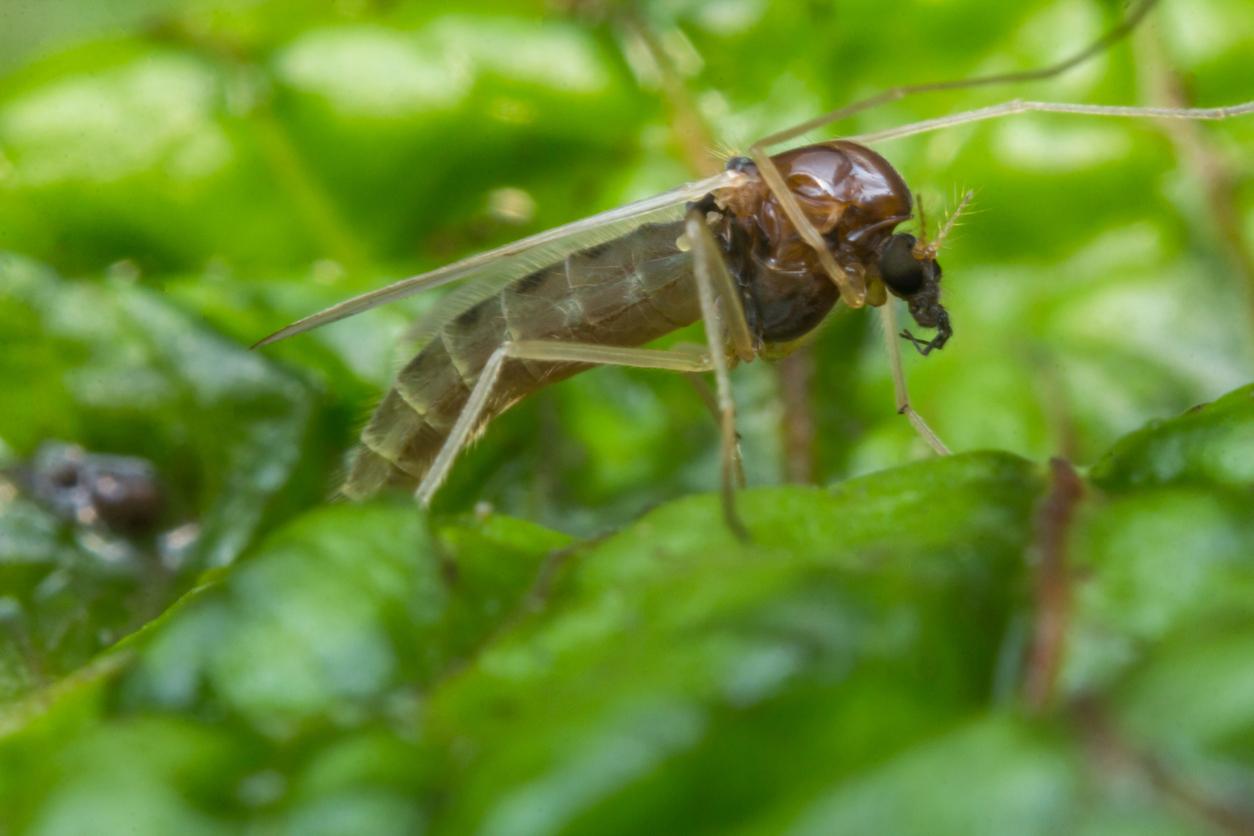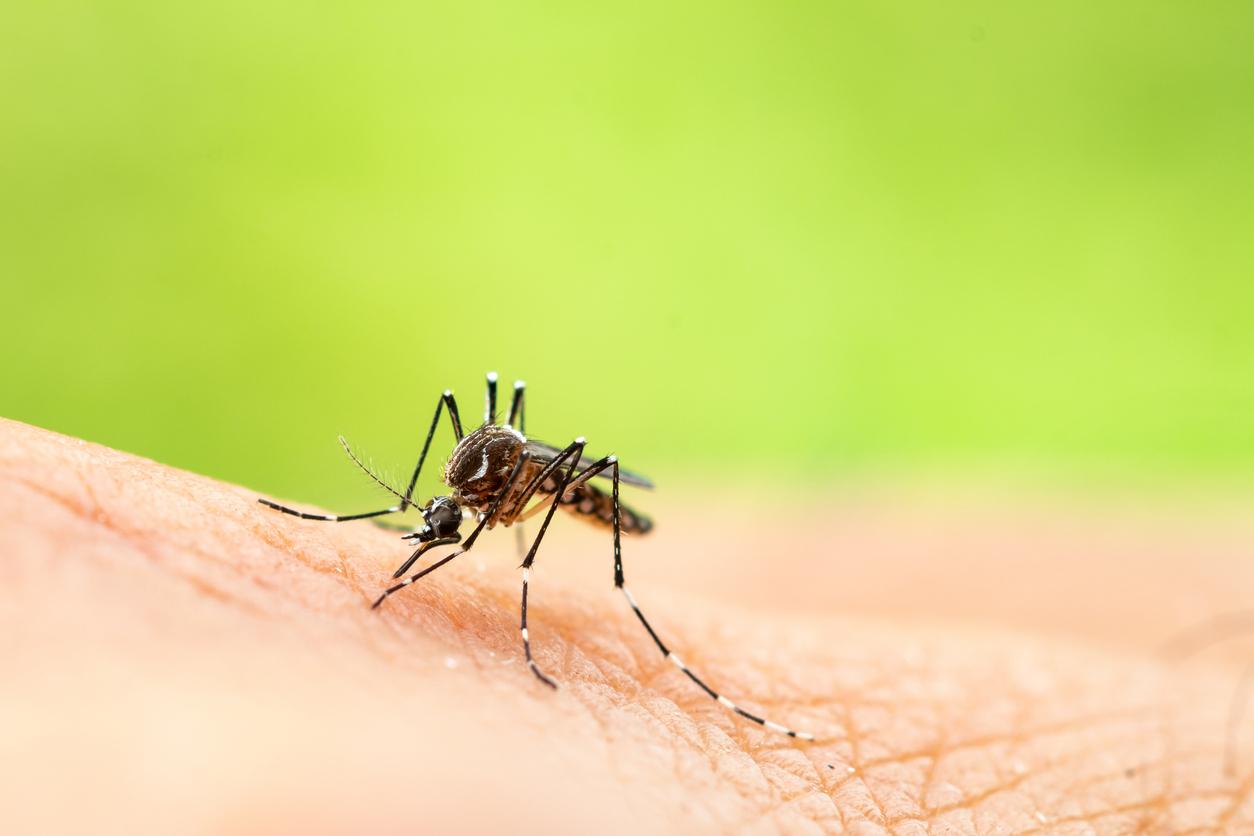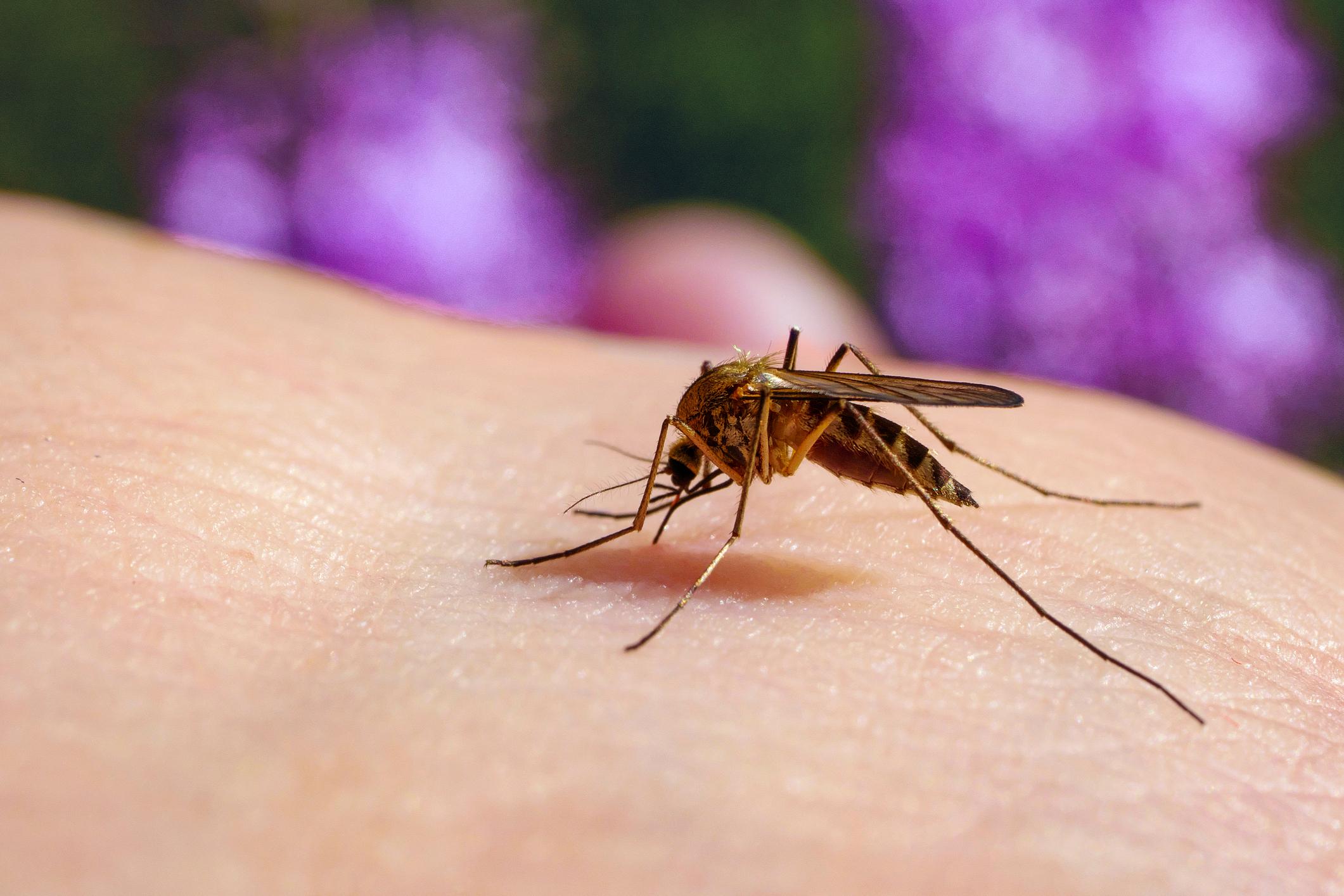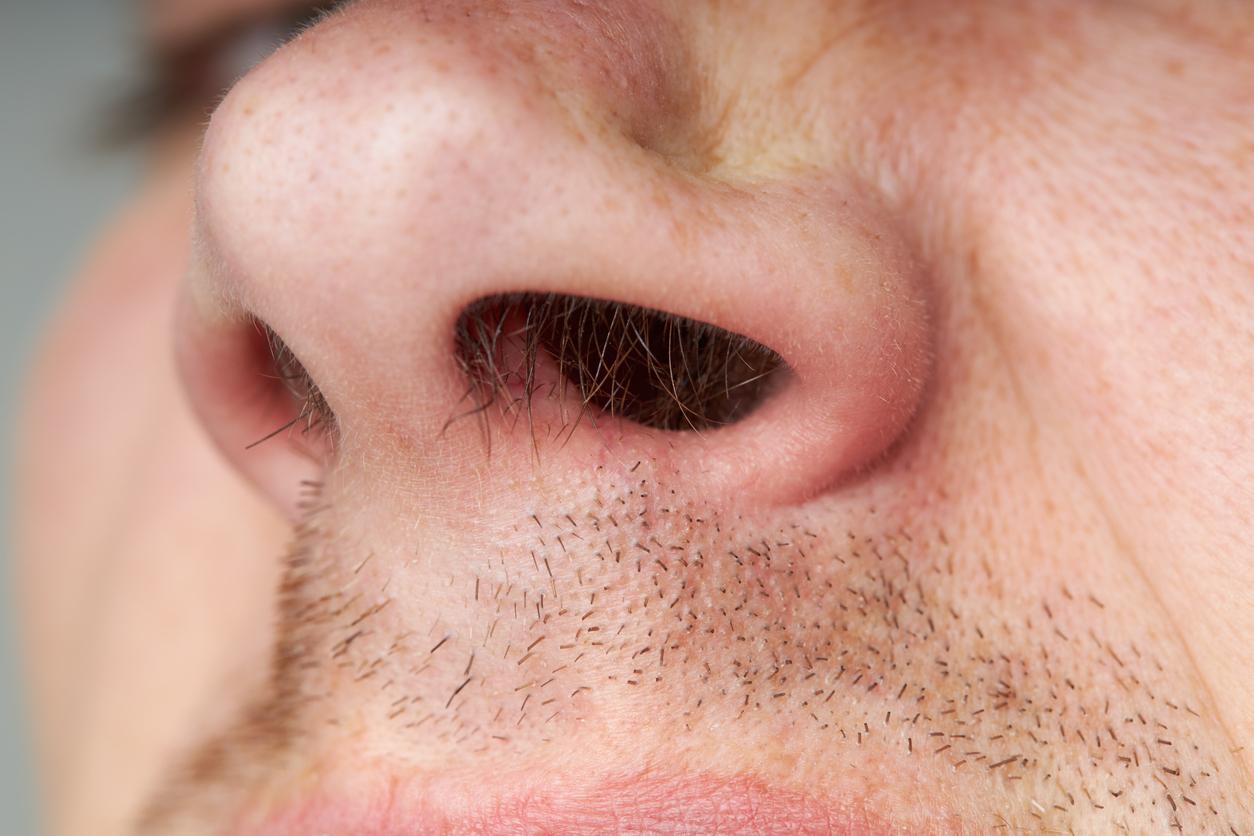The sandfly is an insect that, like the tiger mosquito, can transmit leishmaniasis, a parasitic disease from hot countries that can be serious if left untreated.

- The sandfly, an insect that looks like a mosquito and is now found in our latitudes due to global warming, can transmit a dangerous disease: leishmaniasis.
- The Regional Health Agency of Burgundy-Franche-Comté has just launched a study to identify it in the territory and study it, in particular to assess the level of health risk. In Burgundy, 22 human cases have been reported in five years.
- Leishmaniasis originates from hot countries and climate change is pushing certain insects that carry the disease to establish themselves in our usually temperate regions.
At 3 millimeters long, it represents a new threat to humans. The sandfly, an insect that looks like a mosquito and is now found in our latitudes because of global warming, can transmit a dangerous parasitic disease: leishmaniasis.
The Regional Health Agency of Bourgogne-Franche-Comté has just launched a study to identify it in the territory and study it, in particular to assess the level of health risk, according to information from France Télévisions.
Leishmaniasis, a serious disease if left untreated
Like the mosquito, the sandfly bites to feed on blood, deposits its saliva which contains a microscopic parasite and, in doing so, can spread leishmaniasis, a disease that is part of zoonoses, i.e. common to humans and animals – in this case dogs. In Burgundy, only 22 human cases have been recorded in five years, but the health authorities prefer to prevent rather than cure.
Leishmaniasis can manifest itself in different forms, explains Dr Marie Barba-Vasseur, public health physician at the ARS of Bourgogne-Franche-Comté. “In humans, this manifests itself either in cutaneous forms or in visceral forms. It can manifest itself in anemia, forms that will affect the liver or the spleen. It is a disease that can be serious, in the visceral form, if there is no treatment, if it is not detected, if it is not treated.” The pathology can go as far as causing serious forms, such as ulcers.
Better treatment of emerging diseases transmitted by insects
While leishmaniasis originates from hot countries, climate change is pushing certain insects that carry the disease to establish themselves in our usually temperate regions. “We are seeing new diseases that are beginning to emerge, because there is global warming and ecosystems are changing.”says Alain Morin, director of public health at ARS BFC, on France 3.
Hence the crucial interest in studying sandflies to better understand the pathologies they carry: “We have experience today of what is happening with the tiger mosquito which can transmit dengue fever or chikungunya. We see these diseases which were not in France until now which are starting to rise again. We must get used to having these new diseases and above all have prevention strategies, and know how to identify them in order to treat them better.” With the aim of one day developing a vaccine for humans, as there already is one for dogs.
















